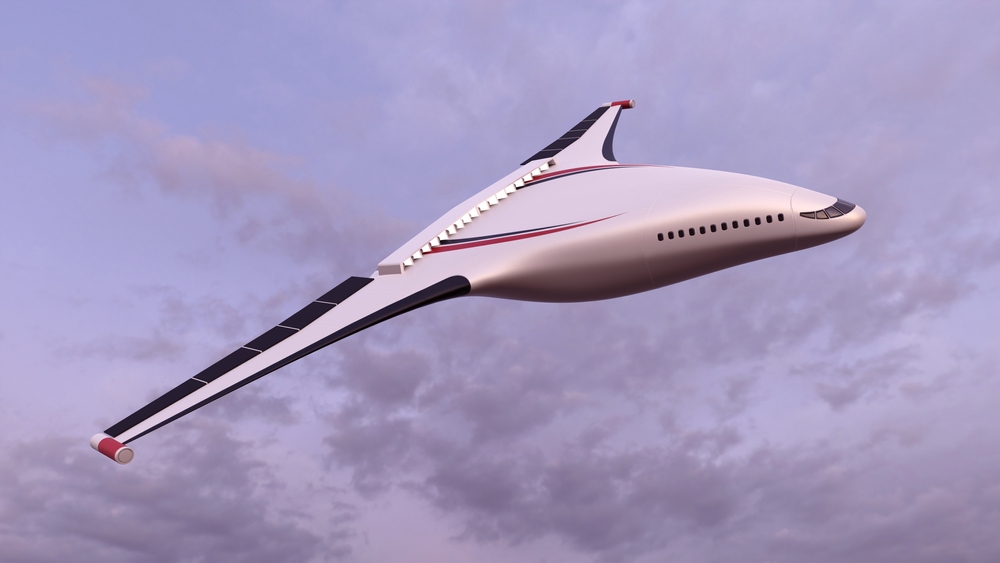
To support hybrid-electric propulsion systems, new high-voltage distribution technologies will be required as electric power levels increase from hundreds of kilowatts in today’s aircraft, to megawatt levels in the aircraft of the future. The HECATE (Hybrid-ElectriC regional Aircraft distribution Technologies) consortium, coordinated by Collins Aerospace and the Clean Aviation Joint Undertaking, will work to address this challenge for aircraft meant for regional transport. The specific goal is to demonstrate a hybrid-electric architecture of more than 500 kW in ground tests by 2025.
Collins will lead the project’s steering committee, whileSafran will serve as technical coordinator. The two companies will work with a consortium of 37 European aerospace industry partners across 10 countries, including Royal NLR. The HECATE consortium is set to receive roughly EUR34 million in funding from Clean Aviation and EUR6 million from UK Research and Innovation.
Collins is bringing its expertise to bear in the development of multiple next-gen electric technologies that are integral to sustainable flight, said Mauro Atalla, Senior Vice President, Engineering & Technology for Collins. “Key among them are high-voltage distribution systems, a critical enabler for hybrid-electric propulsion. In collaboration with the HECATE consortium, we will develop new high-voltage technologies to help pave the way for future hybrid-electric platforms and reduced carbon emissions.”
Collins’ Applied Research and Technology (ART) organization in Cork, Ireland, will lead the company’s coordination of HECATE, while its facilities in Solihull, UK, and Nördlingen, Germany, will develop power conversion and secondary distribution technologies for the project, according to an NLR press release. Safran will supply primary distribution and cabling. Thales and Diehl Aerospace will contribute specialized solutions for power electronics, system control and energy management. Airbus Defence and Space and Leonardo will provide the airframer perspective, and support requirements and validation activities.
NLR participates in two work packages for HECATE. It supports GKN Fokker Elmo in their development of harness technologies (e.g. cabling and connectors) for a secondary power distribution network by modelling and testing EMC (electromagnetic compatibility) and thermal aspects. Next to this, NLR works closely with Airbus Defence and Space, the university of Granada, and Collins Aerospace to gain knowledge about the specific EMC challenges for hybrid electric aircraft. These challenges include high voltage aspects such as arcing, but also grounding/lightning protection.
NLR project leader Jesper Lansink Rotgerink: “Flying electric is already possible for small aircraft. However, within the HECATE project we look at much higher electric power levels leading to increased thermal and EMC challenges, as we talk about an aircraft like an ATR-42 or ATR-72. These planes have a seating capacity ranging from 19 to 130 seats, meant for short to medium-haul routes.”
The Clean Aviation Joint Undertaking is European Union’s research and innovation programme for transforming aviation towards a sustainable and climate neutral future, paving the way towards the EU’s ambition of climate neutrality by 2050.
For more information
https://www.nlr.org/news/high-voltage-distribution-technologies-for-hybrid-electric-aircraft/
(Image: Shutterstock)


